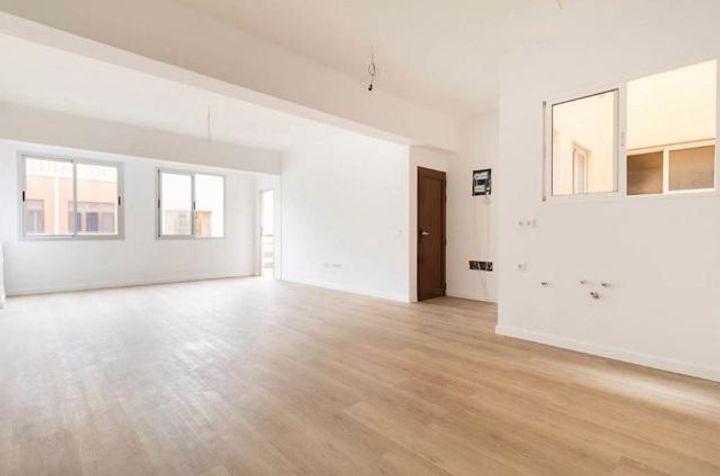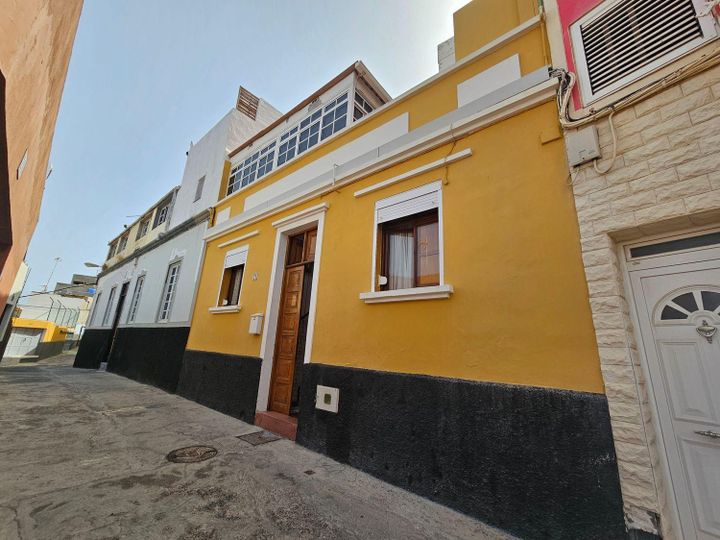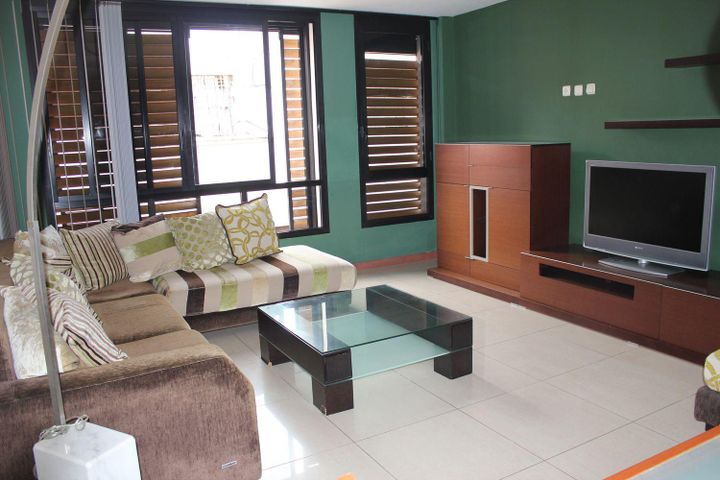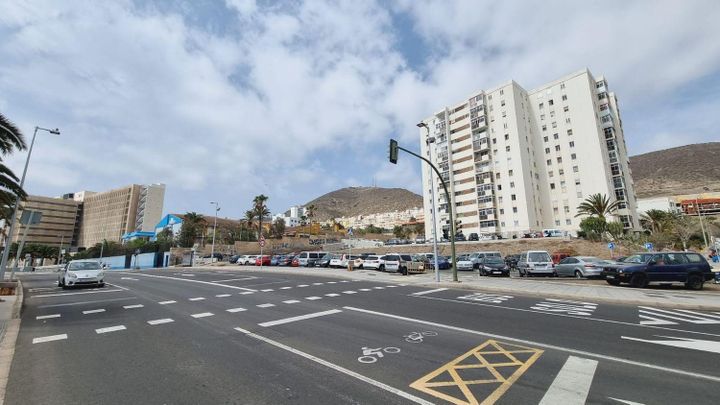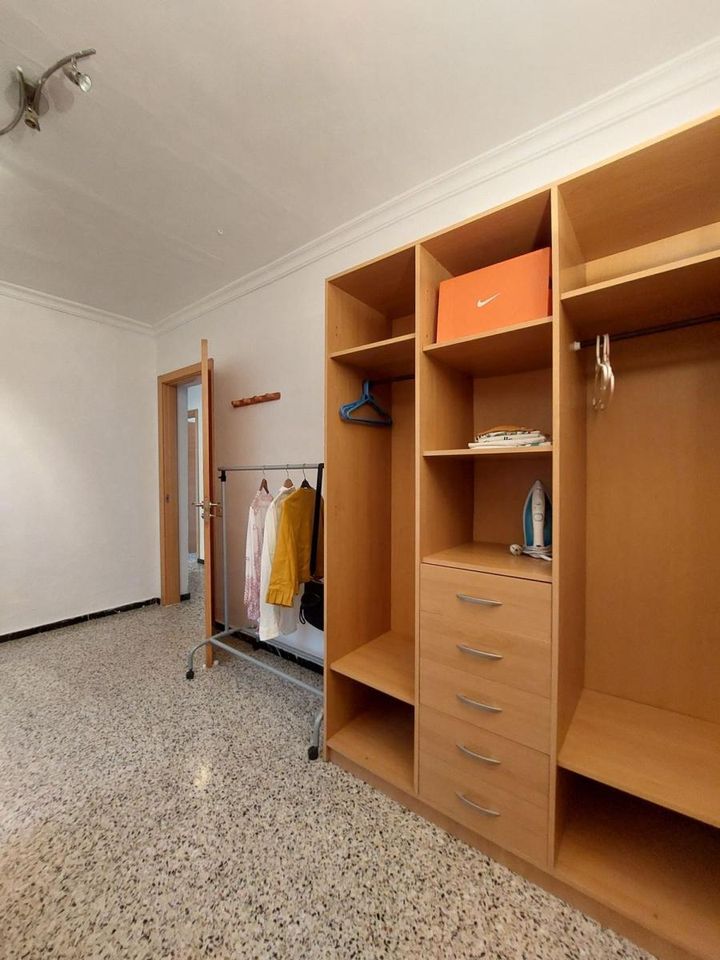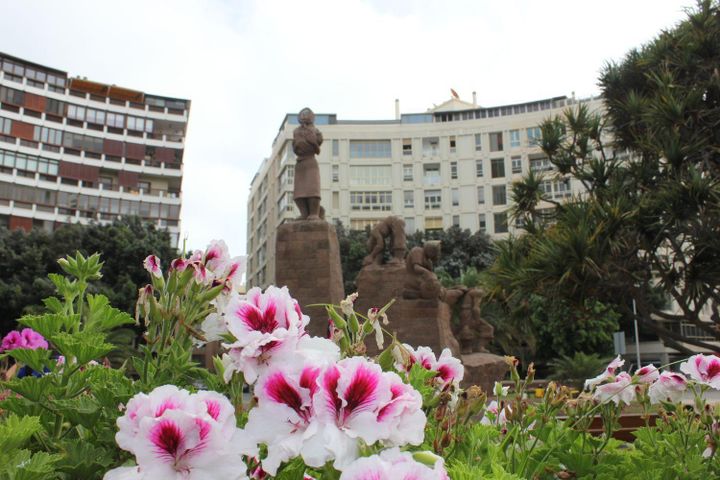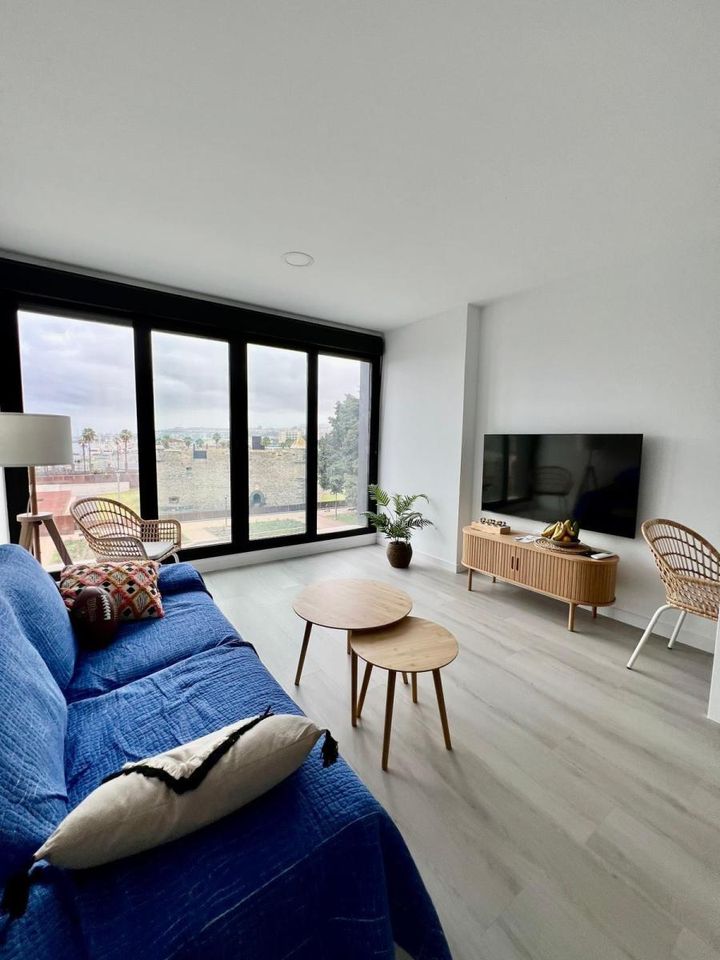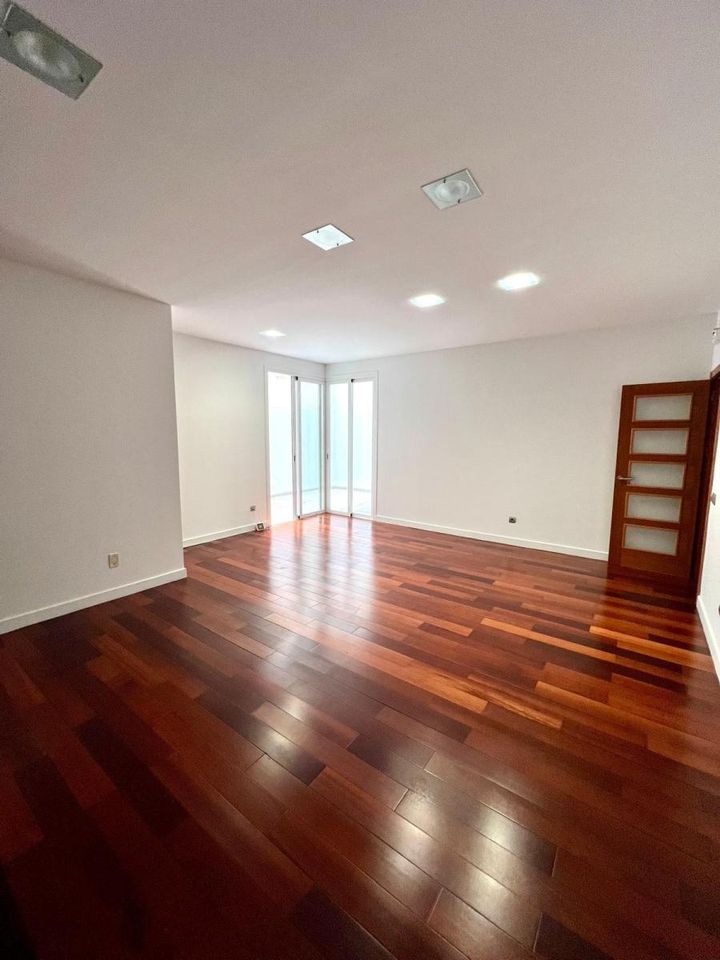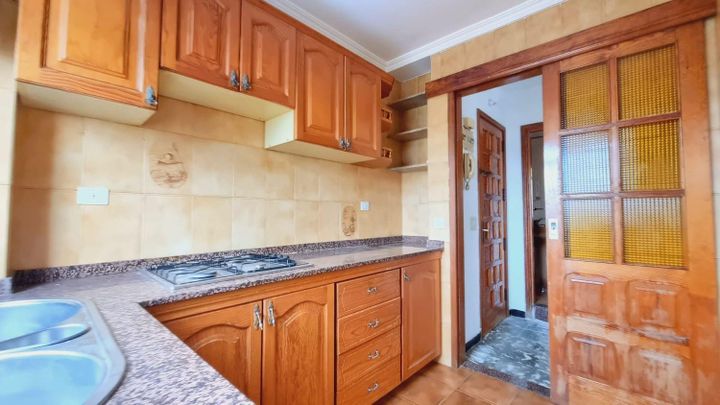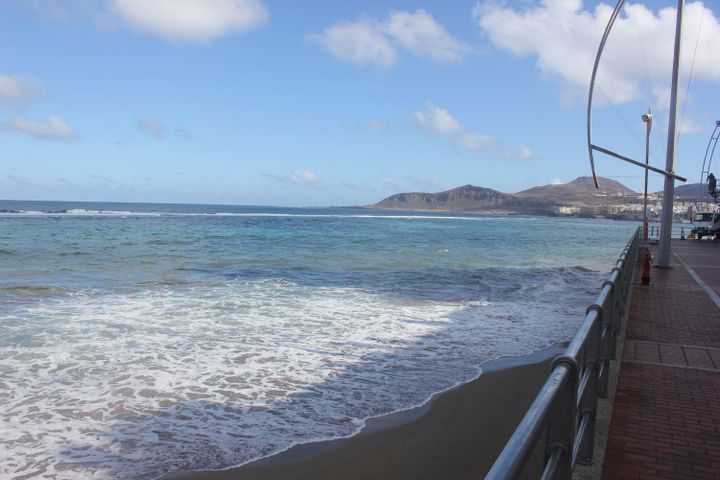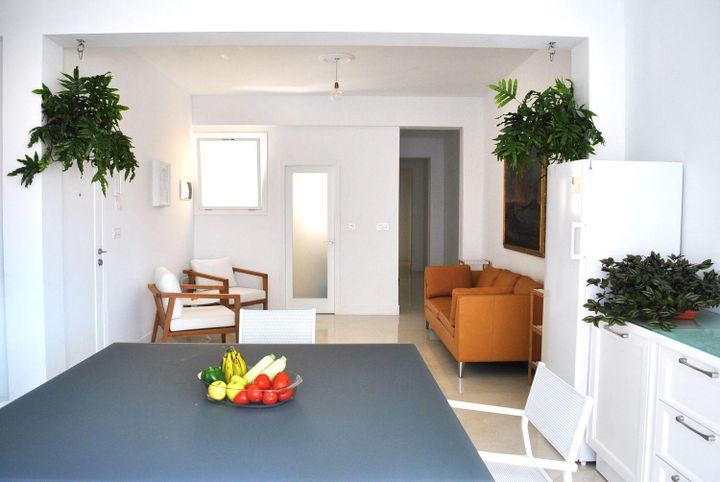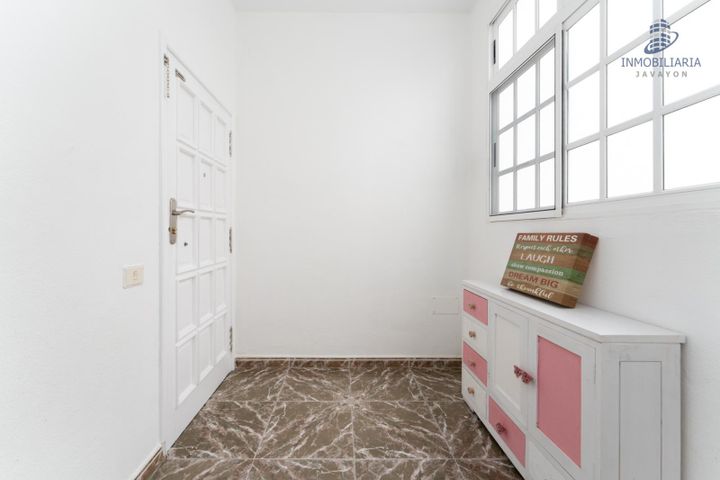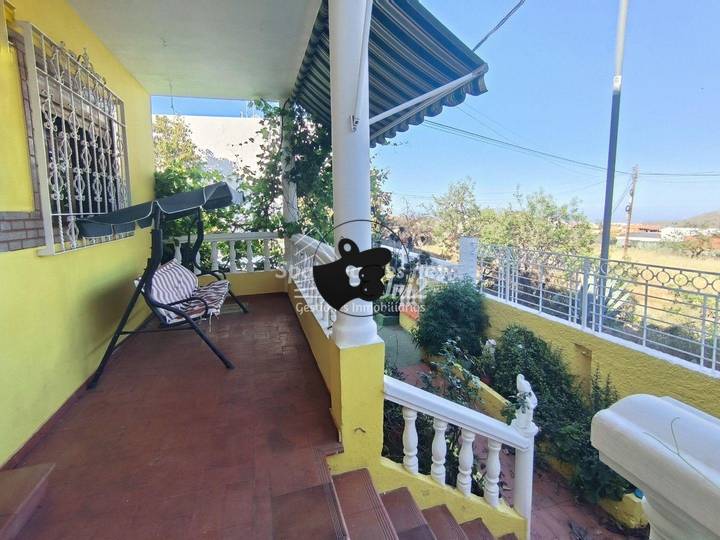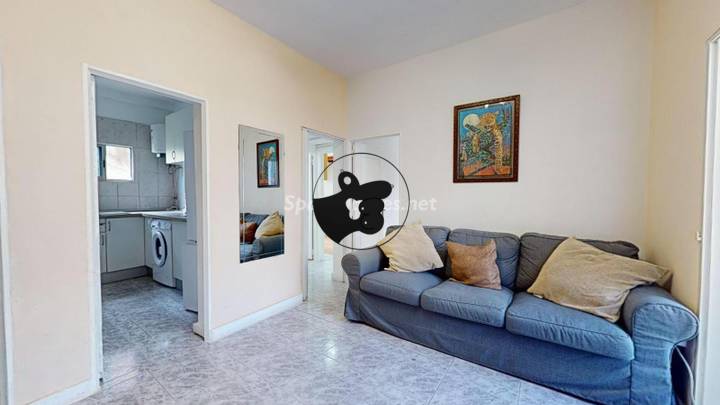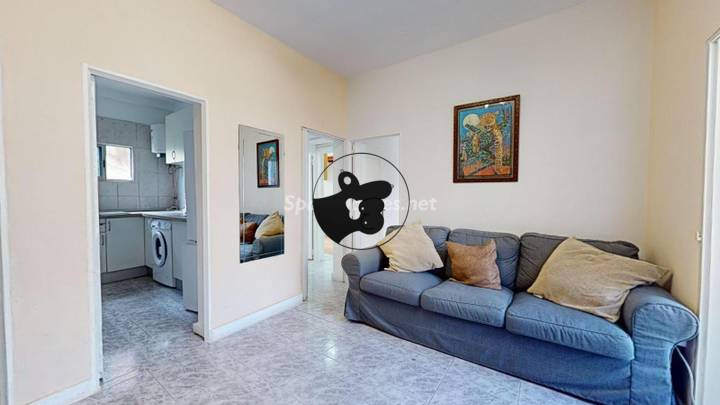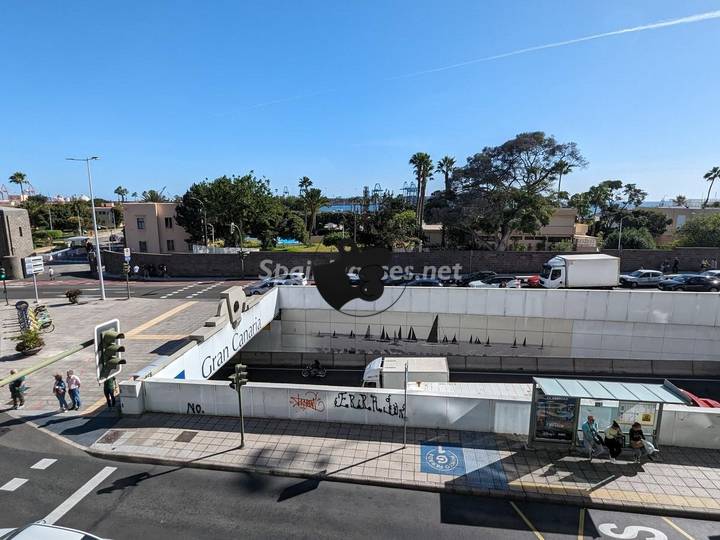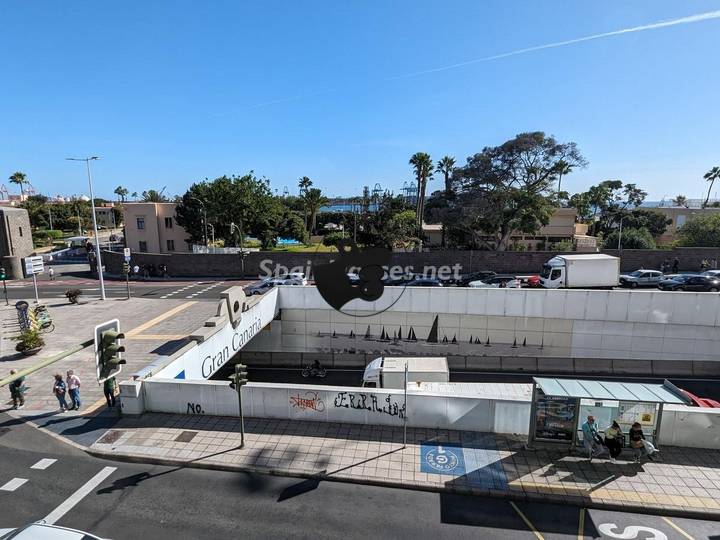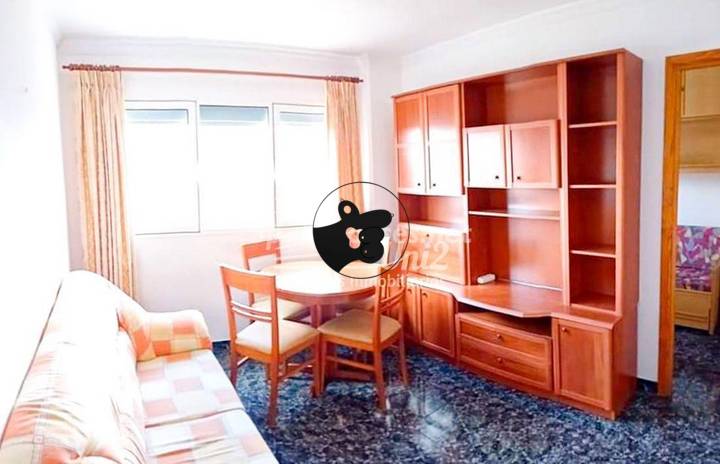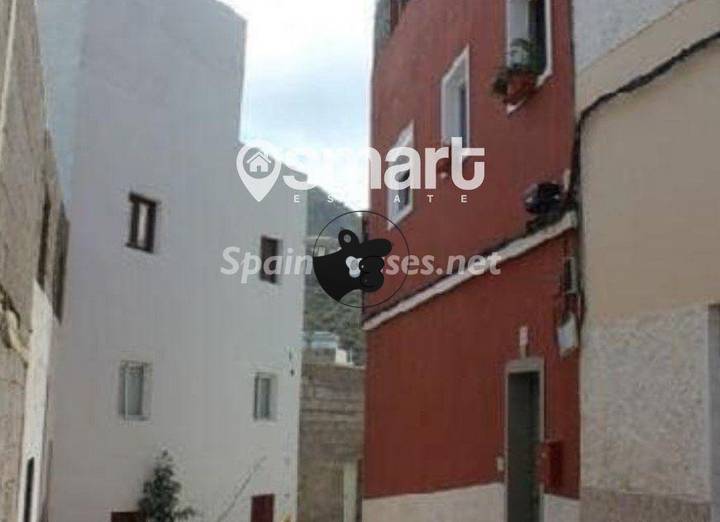As of late 2023, the average property prices in Las Palmas de Gran Canaria vary significantly depending on the location and type of property. In central areas like Vegueta and Triana, prices for two-bedroom apartments typically range between €180,000 and €250,000, with some larger or more renovated properties exceeding €300,000. In contrast, coastal areas such as Las Canteras beach tend to command higher prices, with similar-sized flats often starting around €250,000 and reaching €400,000 or more for sea views. The outskirts of the city, like Tafira and Monte Lentiscal, offer more affordable options, where single-family homes can be found starting at around €150,000, although prices can rise quickly for more spacious or modern options. Overall, the real estate market reflects a blend of demand and the unique charm of each neighborhood.
Las Palmas De Gran Canaria
Location
Price Range
Any price
Price Range
Minimum
No min
Maximum
No max
Property type
Show all
Property type
Show all
House
Apartment
Building
Other
Bedrooms
Any beds
Bedrooms
Minimum
No min
Maximum
No max
Surface Range
Any surface
Surface Range
Minimum
No min
Maximum
No max
Sale type
For sale
Sale type
Show all
To rent
For sale
Location
Apartments and houses for sale in Las Palmas De Gran Canaria
83 results
Recent
Las Palmas De Gran Canaria insights
| Aspect | Summary |
|---|---|
| Population | 383,308 |
| Average Property Price | €2,200 per m² |
| Rental Yield | 5.5% |
| Average Rent | €900 per month |
| Occupancy Rate | 85% |
| Capital Growth Rate | 3% annually |
| Property Tax | 0.5% - 1% of property value |
| Transaction Costs | 7% - 10% of purchase price |
| Expected ROI | 7% - 9% |
| Economic Growth Impact | Moderate; tourism-driven economy |
Las Palmas De Gran Canaria FAQ
What are the average property prices in Las Palmas de Gran Canaria?
How have real estate prices in Las Palmas changed over the past few years?
Over the past few years, real estate prices in Las Palmas have experienced significant fluctuations, driven primarily by increased demand from both domestic and international buyers. In 2020, the average price per square meter was around €1,500, but this steadily rose to approximately €1,900 by mid-2023, reflecting a greater interest from investors seeking vacation rentals and second homes. Neighborhoods such as Ciudad Jardín and Las Alcaravaneras saw notable increases, with some properties appreciating by as much as 20% in just two years. The pandemic initially caused a temporary dip in activity, yet the subsequent recovery was marked by a surge in tourism and remote work flexibility, leading to further price escalations. Additionally, new developments in infrastructure, such as the expansion of the local tram network, have contributed to the appeal of the area, further driving real estate investment.
What factors influence property prices in Las Palmas de Gran Canaria?
Property prices in Las Palmas de Gran Canaria are influenced by a variety of factors. The island's climate, characterized by mild temperatures year-round, attracts both local buyers and international investors, driving demand in coastal neighborhoods like Las Canteras and Vegueta. The availability of amenities, such as schools, healthcare facilities, and recreational areas, also plays a significant role; properties near these services often command higher prices. Furthermore, the real estate market is affected by tourism trends; areas that are popular with tourists may see price increases due to demand for vacation rentals. Additionally, infrastructural developments, such as improvements in public transport or the construction of new shopping centers, can enhance property values in surrounding areas. Economic conditions, including employment rates and foreign investment influx, further shape property market dynamics. Lastly, the cultural appeal of the city, with its rich history and vibrant lifestyle, contributes to a consistent interest in real estate, impacting overall price stability.
Are property prices in Las Palmas higher in certain neighborhoods?
Property prices in Las Palmas vary significantly across different neighborhoods, influenced by factors such as location, amenities, and local demand. Areas like Ciudad Jardín and Alcaravaneras tend to have higher property prices due to their proximity to the beach, parks, and commercial centers, making them attractive to both locals and expatriates. For instance, Ciudad Jardín offers a mix of residential options and green spaces, appealing to families and professionals alike. Conversely, neighborhoods like La Isleta and Triana generally feature more affordable real estate options, reflecting their historical charm and vibrant local culture, but they may not offer the same level of amenities or access to the beachfront. The disparity in property prices often mirrors the demographic and social dynamics of each area, showcasing a diverse landscape in the real estate market of Las Palmas.
What is the price range for apartments in Las Palmas de Gran Canaria?
The price range for apartments in Las Palmas de Gran Canaria can vary significantly based on location, size, and amenities. In popular neighborhoods like Las Canteras, one-bedroom apartments can typically cost between €800 to €1,200 per month, particularly if they are close to the beachfront. In the city center, smaller apartments may be available for around €600 to €900, while larger options with two or three bedrooms can range from €1,200 to €2,000. More affordable alternatives can be found in the outskirts or residential areas, where prices for smaller units can drop to around €500. Luxury developments or newly constructed apartments in prime locations can command prices exceeding €2,500 per month. Additionally, prices may fluctuate depending on the time of year, with higher demand during the tourist season.
Is it cheaper to buy or rent in Las Palmas?
In Las Palmas, the decision between buying and renting hinges on various financial factors influenced by the local real estate market. Typically, the average cost of a one-bedroom apartment in the city center is around €800 to €1,100 per month for rent, whereas purchasing a similar property might set buyers back €150,000 to €200,000 or more, depending on the location and condition. Additionally, renters benefit from flexibility and lower initial costs, avoiding hefty expenses like property taxes and maintenance fees. On the other hand, buyers can potentially build equity over time, with long-term mortgage rates currently floating around 2% to 3%, though the need for a deposit—often 20%—can be a significant upfront barrier. The fluctuating market dynamics and varying personal circumstances mean that the financial implications of buying versus renting can differ greatly based on individual situations.
What seasonal trends affect real estate prices in Las Palmas?
Seasonal trends significantly influence real estate prices in Las Palmas due to the island's climate and tourism patterns. The peak tourist season, which typically runs from October to April, sees an influx of visitors, often leading to increased demand for rental properties and second homes. This surge in demand can drive up prices, particularly for properties located near beaches or tourist attractions. Conversely, during the summer months, when temperatures rise considerably, some residents may seek to rent out their homes, leading to a temporary dip in prices as supply outstrips demand. Moreover, the local Fiesta season, including events like the Carnival, can also impact prices, with both locals and tourists seeking temporary accommodations, often resulting in price spikes in the month leading up to these festivities. Finally, economic factors, such as changes in disposable income during holiday seasons, can further contribute to fluctuations in the real estate market.



